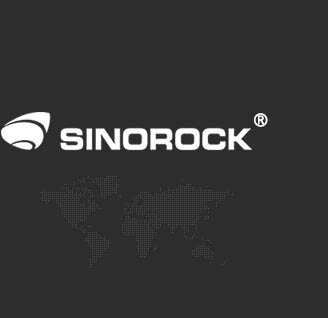Stainless Steel Self-Drilling Anchor bolts vs. Carbon Steel Anchor bolts
Time:2025-10-08From:sinorock View:
Rock bolts are vital for ensuring structural stability in construction, tunneling, mining, and infrastructure projects. Stainless steel self-drilling anchor bolts and carbon steel anchor bolts (or other non-stainless materials) are two common options, each with distinct strengths. Stainless steel self-drilling anchor bolts excel in corrosion resistance and installation efficiency, while carbon steel anchor bolts are cost-effective but less durable. This guide compares their materials, performance, applications, and cost-effectiveness to help you choose the right rock bolt for your project..jpg)
1. Material and Durability Comparison
Stainless Steel Self-Drilling Anchor bolts
Made from 304 or 316 stainless steel, these anchor bolts contain chromium and nickel, forming a passivation layer that resists rust, chemicals, and saltwater. They’re ideal for harsh environments like marine projects, chemical plants, or areas with extreme weather. In standard conditions, their lifespan reaches 50-100 years with minimal maintenance. For example, 316 stainless steel anchor bolts in coastal docks withstand seawater corrosion, ensuring long-term reliability.
Carbon Steel Anchor bolts
Carbon steel anchor bolts, made from standard carbon or low-alloy steel, often use galvanization or coatings for corrosion protection. However, these coatings wear off in 5-15 years in wet or salty conditions, leading to rust and reduced strength. Their lifespan is typically 20-30 years, requiring regular inspections and maintenance. In dry, low-corrosion settings, they perform adequately but falter in demanding environments.
Key Comparison: Stainless steel anchor bolts offer superior corrosion resistance and longevity, ideal for harsh conditions; carbon steel anchor bolts are less durable, needing frequent maintenance, but cost less upfront.
2. Installation Efficiency and Performance Comparison
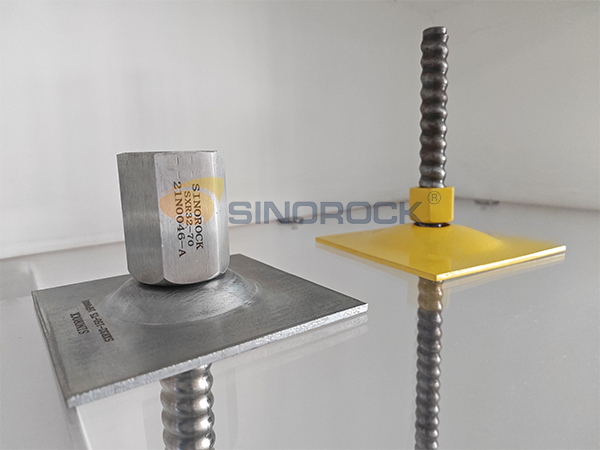
Stainless Steel Self-Drilling Anchor bolts
These rock bolts integrate drilling, grouting, and anchoring, with a drill bit and hollow rod eliminating pre-drilling. During installation, grout (cement or resin) is injected, creating a strong bond with R32 tensile strength exceeds 360kN. This cuts installation time and labor costs by 30-50%, excelling in unstable soils, fractured rocks, or wet conditions. They’re perfect for urgent tasks like slope stabilization or tunnel support.
Carbon Steel Anchor bolts
Carbon steel anchor bolts come in self-drilling or non-self-drilling forms. Non-self-drilling types require separate drilling, increasing steps and time by 20-40%, especially in hard or unstable ground. Self-drilling carbon steel anchor bolts are faster but less durable due to material limitations, with tensile strength exceeds of R32 is around 210–280kN. Corrosion can further degrade long-term performance.
Key Comparison: Stainless steel self-drilling anchor bolts install faster with higher load capacity; carbon steel anchor bolts, especially non-self-drilling, are slower and less reliable over time.
3. Applications and Cost-Effectiveness Comparison
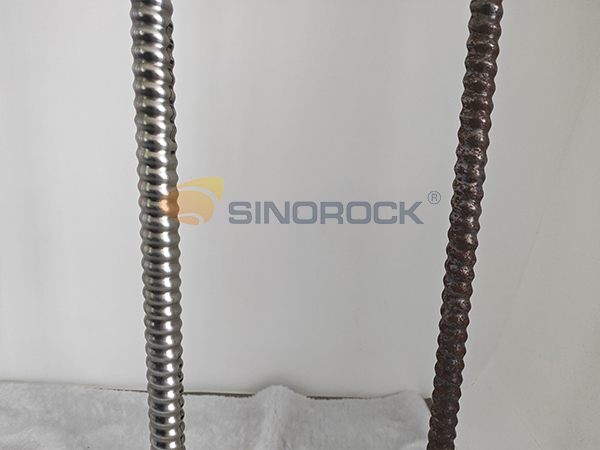
Stainless Steel Self-Drilling Anchor bolts
They shine in:
Tunneling and Underground Works: Stabilize walls in subways or mines, preventing collapses.
Slope Stabilization: Reinforce highways or rail slopes, preventing landslides in rainy or seismic zones.
Marine Projects: Withstand saltwater in docks or dams, ensuring durability.
High-Corrosion Settings: Ideal for chemical plants or coastal structures.
Though pricier upfront, their longevity and low maintenance reduce lifecycle costs, aligning with sustainable engineering.
Carbon Steel Anchor bolts
Best for:
Short-Term Projects: Temporary supports or low-corrosion foundations.
Budget-Limited Scenarios: 30-50% cheaper initially, ideal for tight budgets.
Dry Environments: Perform well in low-humidity, non-corrosive areas.
However, frequent maintenance or replacement in harsh conditions raises long-term costs.
Key Comparison: Stainless steel anchor bolts suit long-term, corrosive environments with better cost-effectiveness over time; carbon steel anchor bolts fit short-term, low-corrosion projects but incur higher maintenance costs.
4. How to Choose the Right SDA bolt?
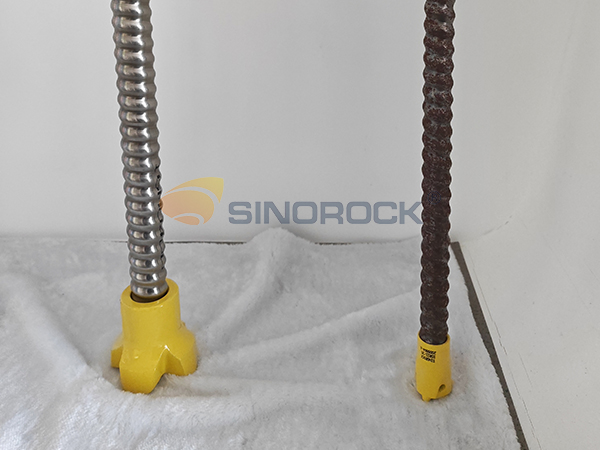
Environment: Pick stainless steel for corrosive settings (e.g., marine, chemical); carbon steel for dry, mild conditions.
Project Duration: Stainless steel for long-term projects; carbon steel for temporary needs.
Ground Conditions: Stainless self-drilling for complex soils; carbon steel for simpler terrains.
Standards and Budget: Ensure compliance with ISO 1461 or ASTM, and choose reliable suppliers with engineering input.
5. FAQ
Q: How do their lifespans compare?
A: Stainless steel lasts 50-100 years; carbon steel 20-30 years, depending on conditions.
Q: How much more expensive is stainless steel?
A: 30-50% higher upfront, but lower long-term costs.
Q: When to use carbon steel anchor bolts?
A: For short-term or budget-constrained projects in low-corrosion settings.
Conclusion
Stainless steel self-drilling anchor bolts outperform carbon steel anchor bolts in corrosion resistance, installation speed, and long-term reliability, making them ideal for harsh environments and complex projects. Carbon steel anchor bolts are budget-friendly for short-term, low-corrosion needs but require more maintenance. Choose based on your project’s environment, duration, and budget, consulting SINOROCK for optimal results.
latest news
-
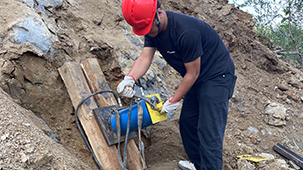
- What Factors Affect the Tensile Strength of Self-Drilling Anchor Bolts?
- Time:2025-10-16From:This Site
- Discover the key factors affecting the tensile strength of self-drilling anchor bolts: diameter, length, shear strength, grouting pressure, and wall thickness. Learn how to optimize for safer tunneling and slope projects!
- View details
-
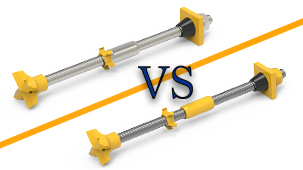
- Stainless Steel Self-Drilling Anchor bolts vs. Carbon Steel Anchor bolts
- Time:2025-10-08From:This Site
- Compare stainless steel self-drilling anchor bolts vs. carbon steel anchor bolts: corrosion resistance, efficiency, and applications. Choose the best for your project’s durability and safety!
- View details
-
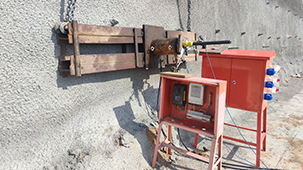
- Ultimate Load and Tensile Strength of Self-Drilling Hollow Core Rock Bolts
- Time:2025-09-26From:This Site
- Explains self-drilling hollow core rock bolt support mechanism, focusing on the distinction between ultimate load and tensile strength. It covers material testing, safety factor selection, and on-site validation steps. Learn how to optimize bolt selection through geological analysis, pullout testing, and cost efficiency for safe, reliable engineering.
- View details
-
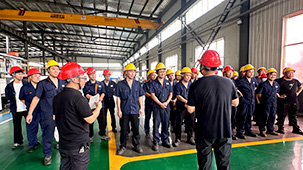
- Sinorock 2025 Quality Month | Strengthening Quality Foundations, Empowering Product Excellence
- Time:2025-08-13From:This Site
- Sinorock’s 2025 Quality Month, themed “Strengthening Quality Foundations, Empowering Product Excellence,” successfully concluded, reinforcing our commitment to superior product quality.
- View details
-
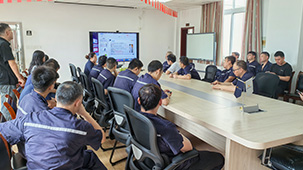
- Sinorock Safety Month 2025 | Everyone Speaks Safety, Everyone Can Respond
- Time:2025-07-03From:This Site
- Sinorock Safety Month 2025, centered on the theme "Everyone Speaks Safety, Everyone Can Respond - Spot Workplace Hazards," has wrapped up successfully!
- View details
-
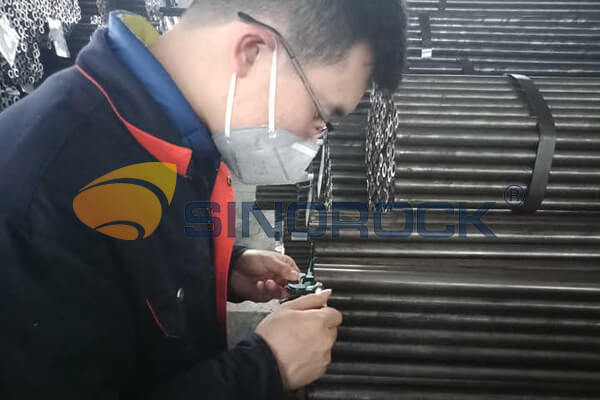
- Quality Control: the Vital Factor of A SDA Bolt Factory
- Time:2025-01-09From:This Site
- Sinorock’s comprehensive quality control system, from supplier management to outgoing inspections, ensuring the highest standards for self-drilling anchor bolts in construction.
- View details
-
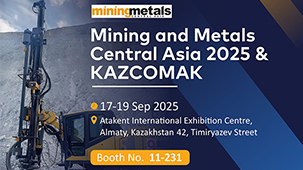
- SINOROCK to Showcase Innovative Mining Solutions at Mining and Metals Central Asia 2025
- Time:2025-09-09From:This Site
- We are pleased to share that SINOROCK will participate in the Mining and Metals Central Asia 2025, taking place from September 17 to 19 at the Atakent International Exhibition Centre in Almaty, Kazakhstan. You can find us at Booth 11-231.
- View details
-
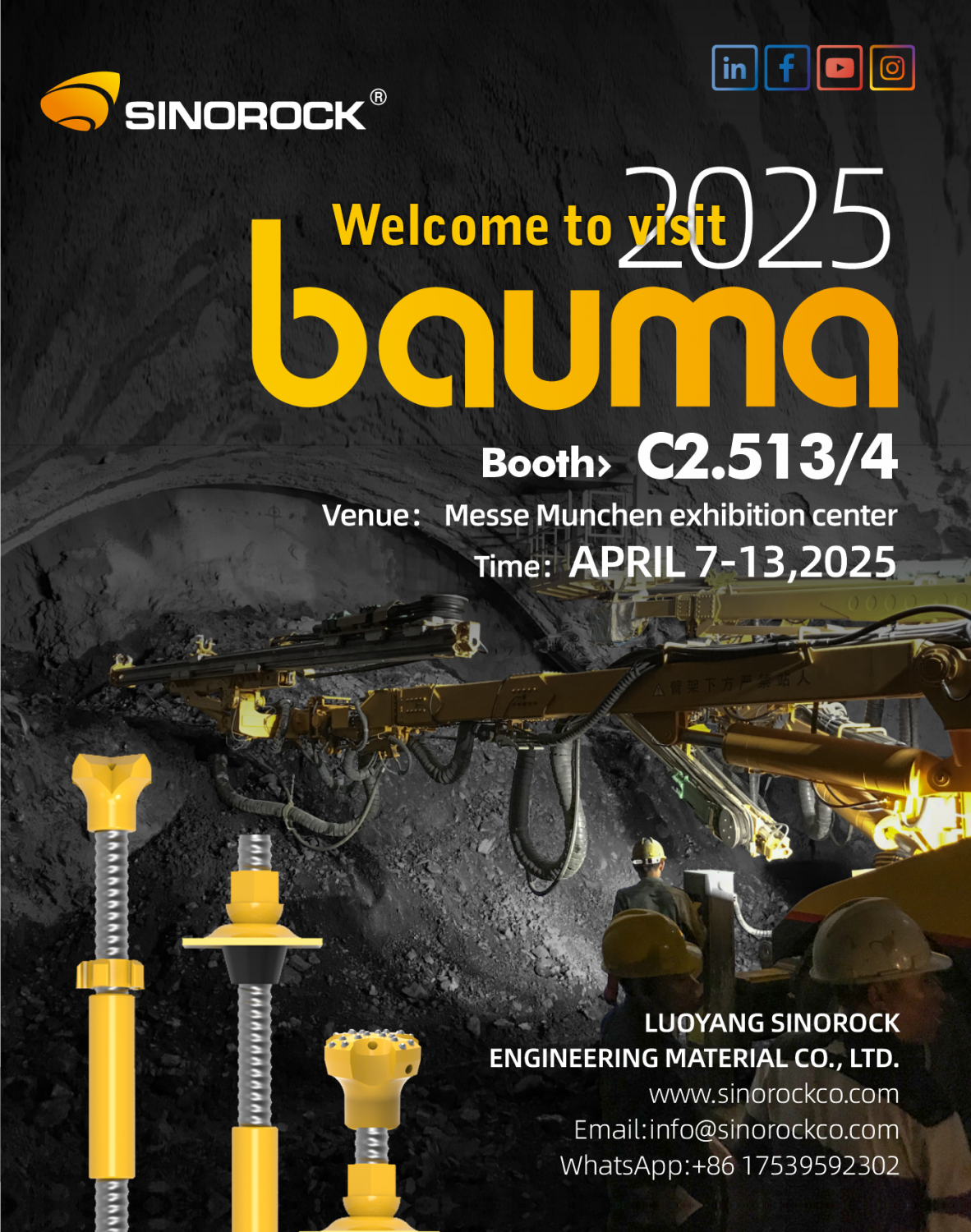
- Sinorock Invites You to Explore Proven Self-Drilling Anchor Bolt Solutions at bauma 2025
- Time:2025-03-07From:This Site
- From April 7–13, 2025, explore Sinorock’s Self-drilling anchor bolt solution at Booth C2.513/4 in Hall C2 of the Messe München Exhibition Center (Munich, Germany).
- View details
-
.jpg)
- SINOROCK to Attend EXPOMINA PERÚ 2024 in Lima, Peru
- Time:2024-08-10From:This Site
- Sinorock to Attend EXPOMINA PERÚ 2024 in Lima, Peru
- View details
 Download
Download 

